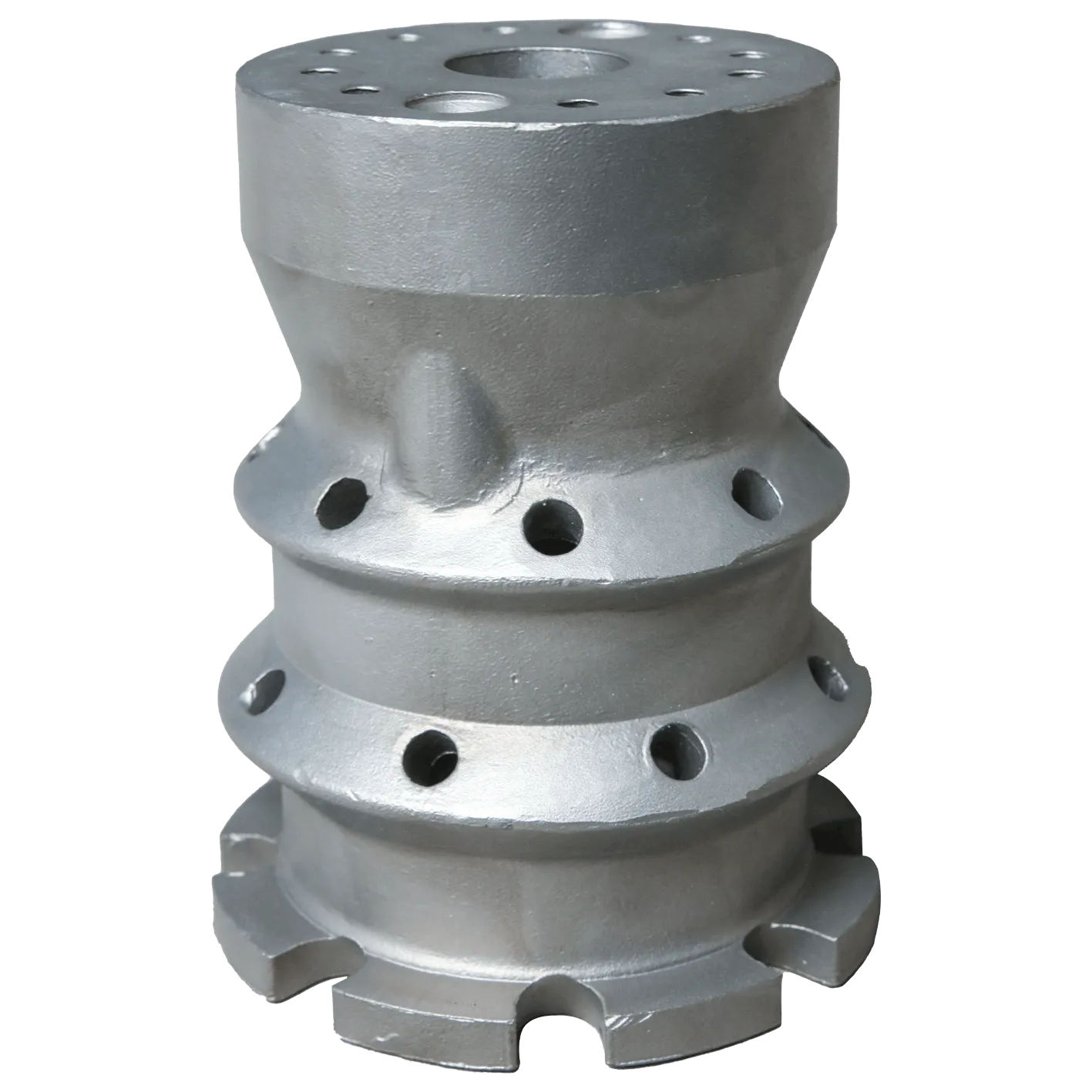Mobile:+86-311-808-126-83
Email:info@ydcastings.com
English
Metal Castings: Custom OEM, Tight Tolerances, Fast Lead?
Reflux Sleeve: Practical Notes from the Metal Casting Floor
If you work with metal castings, you already know one truth: flow control components either make a system sing—or they quietly sabotage it. The Reflux Sleeve from YD Castings (Shijiazhuang, Hebei) sits squarely in that first camp. I’ve toured enough foundries to say this with a straight face: consistency beats flash every time, and this piece is built for consistency.

What it is and where it fits
The Reflux Sleeve is a stainless flow component produced by silicone precision casting (many shops also call this silica-sol investment casting, to be honest the naming varies). Materials offered are 304 and 316—no drama there—aimed at fluid systems that need durability and clean surfaces. We’ve seen it used in food-grade pumps, light chemical circulation lines, small marine water systems, and even some pharma skids (post-passivation and full traceability, of course).
Why this approach works
- Surface finish: investment casting yields smooth internal passages; less turbulence, fewer pressure drops.
- Alloy choice: 316 resists chlorides better than 304; in brackish or CIP-heavy lines, it’s the safer bet.
- Dimensional discipline: to be honest, this is what separates good metal castings from “close enough.” YD runs to ISO 8062-3 tolerances with CT7–CT8 typically.
Product snapshot
| Item | Details (≈ indicates typical) |
|---|---|
| Name | Reflux Sleeve |
| Material | 304 or 316 stainless (ASTM A743 CF-8 / CF-8M equivalents) |
| Process | Silicone precision casting (investment casting) |
| Specification | 0.5–10 kg per piece |
| Dimensional tolerance | ISO 8062-3 CT7–CT8 (real-world use may vary with geometry) |
| Surface finish | Ra ≈ 3.2–6.3 μm as-cast; finer with optional machining/polish |
| Service life | ≈ 5–10 years in neutral media; ≈ 3–7 years in chloride-rich duty (maintenance-dependent) |
Process flow and testing
Wax tooling → shell building (silica-sol slurry) → dewax → precision pour → knockout → heat treat → gate removal → CNC touch-up → passivation → inspection. Testing typically includes PMI (portable spectrometer), dimensional checks to ISO 8062-3, penetrant testing per ASTM E165 on critical surfaces, and hydrostatic/air-leak trials (e.g., 0.6 MPa for 60 s—some clients ask for 1.0 MPa). For corrosion, 316 parts can be qualified with ASTM A262 practices where relevant.

Applications and field notes
- Food & beverage loops (hot-fill, CIP return). Customers say cleanability is “surprisingly good” after electropolish.
- Light chemical transfer where a check/return path must stay stable under thermal cycling.
- Marine cooling return lines—316 usually chosen; 304 only for low-chloride duty.
One integrator reported a pressure-drop reduction of ≈ 6–9% versus a sand-cast equivalent, simply due to smoother internal geometry. Not a lab trial, but it tracks with what we see from quality metal castings.
Customization
Options include bespoke wall thickness, alternate flange patterns, machining to ±0.05 mm on key faces, and passivation/electropolish packages. Traceability and 3.1 material certs are available. For regulated environments, ask for ISO 9001 paperwork and lot-level inspection plans.
Vendor comparison (quick glance)
| Vendor | Process | Certs | Lead Time | Notes |
|---|---|---|---|---|
| YD Castings (No.563 Xinhua Rd, Shijiazhuang, Hebei, 050051) | Investment (silicone) casting | ISO 9001 (vendor-stated) | ≈ 3–5 weeks after tooling | Good for 0.5–10 kg metal castings; flexible MOQ |
| Vendor A (EU) | Investment casting + full machining | ISO 9001, PED (varies) | ≈ 4–8 weeks | Higher cost; strong documentation |
| Vendor B (APAC) | Sand + investment mixed | ISO 9001 (typ.) | ≈ 5–7 weeks | Budget-friendly; watch tolerances |
Mini case studies
Food processor in Spain swapped a machined sleeve for this cast version in 316; CIP carryover dropped, and maintenance intervals stretched from quarterly to semiannual. Another OEM in Southeast Asia reported fewer seal failures after moving to tighter ISO 8062-3 control—small things matter in metal castings.
Final thought
The Reflux Sleeve isn’t flashy. It’s the sort of component you forget about—until it’s wrong. This one lands in the “install and move on” category, which, frankly, is the best compliment in flow hardware.
Authoritative citations
-
Materials Used in Manufacturing Cap End Pipe FittingsNewsNov.24,2025
-
Material Properties of CF8M CastingNewsNov.24,2025
-
How to Inspect Pump Cap Ends for DamageNewsNov.21,2025
-
Backward Curved Impeller – Efficient Airflow Solutions for Industry | YD CastingsNewsNov.21,2025
-
Automobile Water Pump - Efficient, Quiet, Durable & ElectricNewsNov.21,2025
-
Impeller for Pumps – High-Efficiency, Durable, OEM-ReadyNewsNov.21,2025











